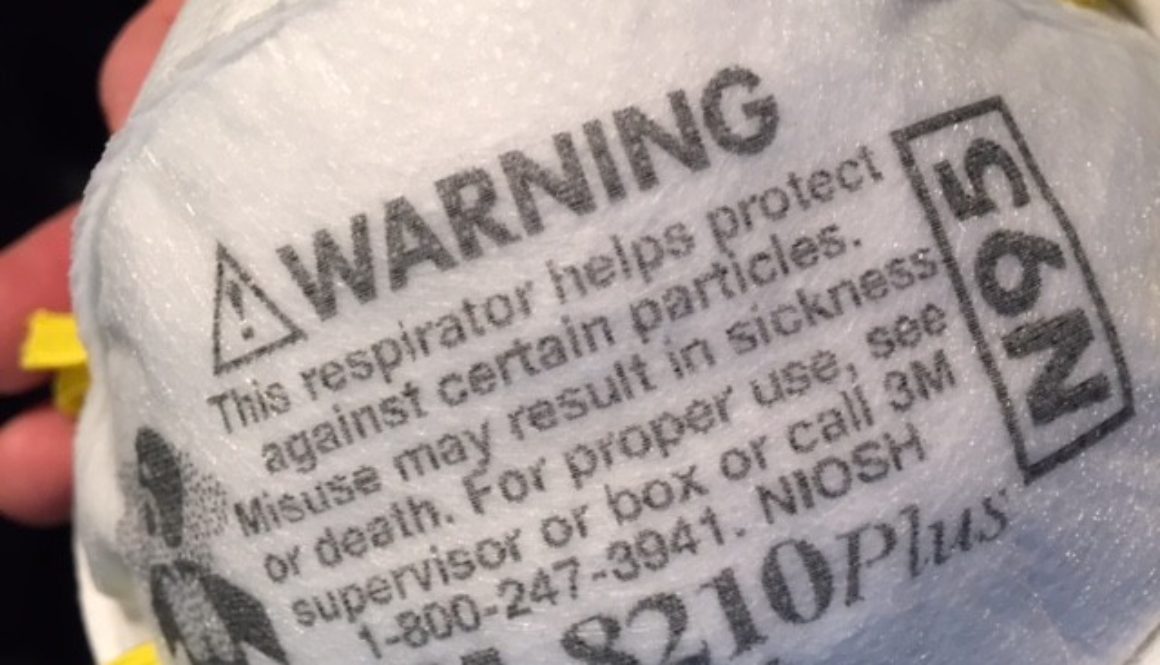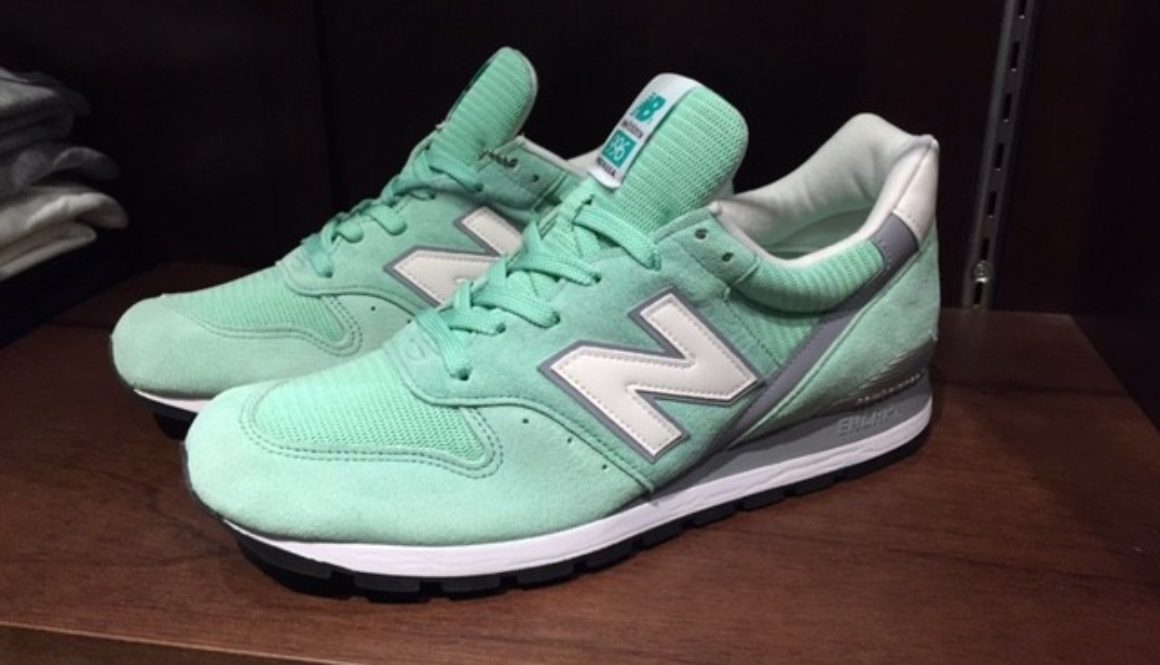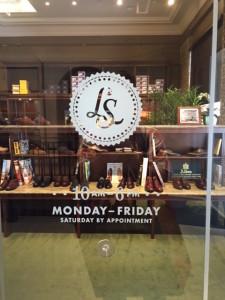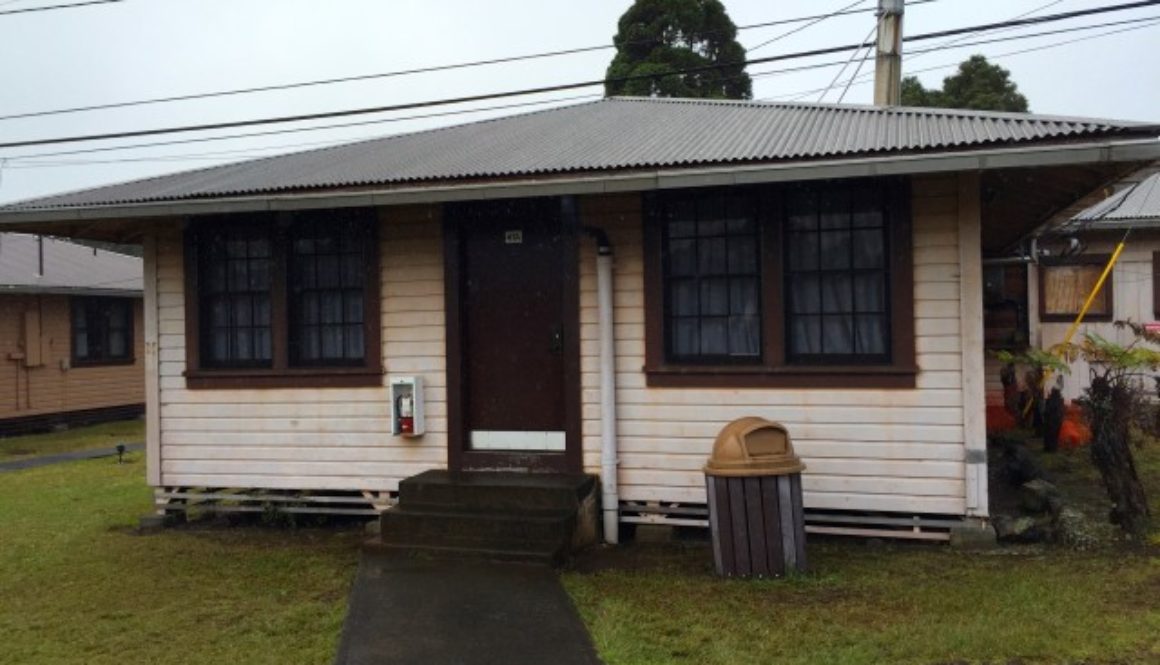Might as Well Buy 3
Wow, water filters for refrigerators are expensive. If gotta buy one, might as well buy three of them for a slight discount.
Wow, water filters for refrigerators are expensive. If gotta buy one, might as well buy three of them for a slight discount.
Next week Wednesday, July 15, 2015, is Amazon Prime Day supposedly with more deals than Black Friday. Open only to Prime members, you are obliged to check it out just in case you do spot a spectacular bargain. I have low expectations of finding anything that I really need but you just never know. If you’re not a Amazon Prime member, it’s not too late to sign up.
Took my new, discounted Hoka One One Mafate Speed for a test run where I learned a thing or two about this running shoe. Like I mentioned before, I only recently learned of the Hoka line and its super cushioned ride. I began to see this brand more in the mainstream, even sold at Nordstrom but finding some pairs at Ross was a surprise.
Anyways, while the Hokas are tall, they look much taller than they feel. I’m thinking I’m six feet tall running in the Hokas but truthfully, when you’re running, you don’t really feel the Hoka height. You do feel the rocking motion of curved sole however. This is kinda irritating while standing around, so I guess the point is run, don’t stand while wearing these.
The Mafate Speed looks heavy but is comparable to other running shoes from Asics and Nike. The speed lacing system is cool. It’s so easy to pull the laces then lock them in. The soles of the Mafate Speed are designed for the outdoor terrain so running on sidewalks was noisy as the soles tried to dig in to the surface.
All in all, the ride itself was well cushioned, sacrificing some “street feel,” but for me, reducing the wear and tear on my body is paramount. There was some discomfort to my toes due to the shoe’s slenderness especially in the toebox area. The shoe looks narrow, maybe a little more bulbous in the forefoot – something used for starfish splitting. But then again, I didn’t allow for any break-in time, instead opting for a short run. Well worth a $50 investment.

The kickoff to our family trip to China, Macau, and Hong Kong was marred with the threat of MERS (Middle East Respiratory Syndrome). Planned months in advance, this trip was going to happen and unfortunately, the outbreak of MERS coincided with our #hichina15 travel plans. Flying on Korean Airlines, there was a short one hour stop over in Korea, transiting to China.
These N95 rated respirator masks may have been too much but they were reviewed well for pollution and sickness.


Don’t expect to find the entire New Balance line at Leather Soul. Think of Leather Soul and their brand, and you’ll understand what kind of New Balances you’ll find. Think Distinct Weekender and Connoisseur Guitar collections that exemplify quality in look and workmanship. I went coveting the pistachio-themed M996CPS but found so many irresistible choices.
There’s even discounted models (in limited sizes) to check out.
While trying on different NB models, I spied this last pair of 988 that I couldn’t stop looking at. Rich colors, an old school silhouette, a modern tech Fresh Foam midsole, and a last pair discount of 50% off was just too compelling.
Thanks to Justin at Leather Soul Downtown for a great shoe experience. Here’s my five-star Yelp review of LSDT.
Much too hard is the answer. So I wanted to make copies, actually smaller versions of a school photo. From a color 8×10 photo, I needed a 4×6 and some 3×5 sizes. First, I call Target to see if they have photo services. I was ensured they have a photo kiosk near Customer Service. I ask the rep if there’s a scanner to scan in images. Yes, confirmed. I go to Target to find the Kodak photo kiosk with a yellow sticky saying it’s out of order. Gee thanks customer service. You could have walked the 10 feet to the kiosk when I was on the phone with you.
Next I went to Longs. They recently got the same Kodak photo kiosk system I saw at Target. There was an attached scanner, so I started going through the steps. What a piece of junk that Kodak photo kiosk is. Maybe it’s the hardware, maybe it’s the software, or just that touch screen, but the kiosk would just bug out. At best you could touch the Start Over button and start again. At worst, the kiosk would get stuck in a loop – warming up scanner, capturing image, warming up scanner, capturing image, over and over. When finally one photo scanned successfully, I tried to rotate it. Is it just me or is timing the click on the okay button when the image is rotated correctly much too difficult?
Eventually the system just wouldn’t accept any more and was just hung. So I went to a different Longs. This location had the older Fuji system that was easy enough to operate. The cost of two prints is $0.41 or something like that, but then the clerk says he can’t print school photos due to copyright issues. He had gotten into trouble for doing this once already. I had no release consent form on me since the picture was taken at the beginning of the school year. Maybe I could call the photographer and ask for a release over the phone. Who took the photo? No clue.
Next I went to a neighborhood print shop. Sure, they could resize and print the image…after 24 hours. They needed time to scan and resize the image manually then print it out. 24 hours? Heck, I would have taken a printout made using PowerPoint.
So who could accomplish this seemingly daunting task? Walgreens. The store had two staff members working the photo services desk. A third Walgreens employee helped me with their kiosk system. Seems like the days of 3×5 photos is no more. A 20-minute print time was like 20 seconds, and I had to pay $0.78 for two prints. Woe is me. Thanks Walgreens!
I’m intrigued by all things Tesla including their newest product, the Powerwall. The Powerwall is essentially a Tesla battery installed in the home to store excess power which can then be used later like during a power outage. Additionally, the Powerwall can charge itself when electricity rates are cheaper and then provides power to your home to avoid high cost peak times. But since Hawaii doesn’t tier its electricity rates for residences, that downplays a big feature of the Powerwall.
Couple the Powerwall with PV solar and the situation becomes more compelling. Assuming you don’t have enough solar panels to “zeroize” your electricity bill then the Powerwall could store excess electricity produced by the sun and when your home’s power consumption increases, the Powerwall provides the free power rather than getting it from (and paying) HECO.
But is this worth the $3000-3500 price tag of a single Powerwall (not including installation and other ancillary equipment)? I don’t know if there are tax considerations. More than one Powerwall can be interconnected by the way if you’re trying to live off the power grid.
Supposedly, Hawaii has the highest electrical rates in the country, and the U.S. Energy Information Admininstration says the average American home consumes about 11,000 kWh per year or about 30 kWh per day. This equates to getting three 10 kWh Powerwalls for $10,500 to store enough power daily (generated from solar) and remove your home from the commercial power grid.
Looking at my power usage (and assuming I’m doing the math right), it looks like my household averages usage of 4.3 kWh per day for months that we get power from HECO. That’s far short from the estimated 30 kWh for an average home. Anyways, with that 4.3 kWh daily usage, the 7 kWh Powerwall unit for $3000 should suffice and with room to spare.
But looking at my HECO bill, my solar panels don’t generate enough to juice up the Powerwall. So I’m not sure how it works. Do you initially charge the Powerwall using HECO and solar. Then when charged, your house draws from the Powerwall first then when depleted falls back to HECO? If that’s the case, I should be good shape with my daily average of 4.3 kWh. I would have to see the solar production numbers to verify that it can keep up that 4.3 kWh depletion. Then in theory, I would be paying the minimum monthly bill to HECO (after that Powerwall charge up).
Looking over one year’s worth of electricity bills and factoring out the roughly $18 minimum bill, I’d be saving around $360 in one year. So roughly, that equates to a 10 year return on investment?? The Powerwall does include a 10-year warranty with optional 10-year extension. Having power when the grid goes down (which seems to happen at least once a year for us) is a benefit although the 7 kWh Powerwall wasn’t designed for this (that’s the intent of the 10 kWh model but assuming only capacities differ, I’m guessing the smaller unit can serve as a power backup for a home).
Again, I’m not sure if my rough calculations are on track. But looking at my power usage, there seems to be enough benefits for Tesla’s Powerwall – paid off in about ten years (under warranty), not relying on HECO (as much), and having power during blackout and brownouts.
Each time I go hand-to-hand with Microsoft SharePoint, I get my ass whooped. Call it a learning experience, but I’m getting tired of it. I don’t know how organizations adopt SharePoint without also heavily investing in developers and/or experts to make SharePoint do what you want.
While I’ve learned that SharePoint can do stuff, making it do stuff is entirely different. I’m looking at our average workforce who uses SharePoint, and I know they don’t have the want to figure out how to make SharePoint do stuff. Lots of seemingly simply stuff is not so simple to do and as you figure it out, you’ll get a SharePoint beat down.
Only recently, I think I’ve tamed Content Types and actually used them correctly. But now that I’m thinking about it, I think I scoped some columns incorrectly, meaning SharePoint has just won again.
How much time should you allot to tour the Hawaii Volcanoes National Park? You could stay a few short hours or even a few days, but my recommendation is to spend a full day in the park. The park’s web site has excellent planning information so be sure to review their links and trip planner. Essentially, there are two main tracks – the Crater Rim Drive tour and driving the Chain of Craters Road. Unfortunately, both routes have must-see attractions that you don’t want to skip. Get to the park as early as you can and even bring lunch along to enjoy at one of the sites. Better yet, stay at the Kilauea Military Camp inside the Hawaii Volcanoes National Park to get a sunrise start.
Because of our travel plans, we split our park visit, but we still weren’t able to see everything we wanted. In one afternoon, we drove the entire 18.8 miles of the Chain of Craters Road, starting in the cold, lush rainforest of Kilauea then descending 3700 feet to arid, lava-covered plains reaching the Pacific Ocean. While there are ten identified stops on the Chain of Craters Road, we didn’t stop at most of them. In our limited time, we really wanted to see the Holei Sea Arch at the End of Chain of Craters Road and the petroglyphs. We did stop off at the Kealakomo Overlook, marked by the wooden platform that gives better scenic viewing. The overlook is about the halfway point to the end of Chain of Craters Road.
About this time, you start feeling the drastic change in weather. Gone is the chilly mountaintop weather with the car’s AC now doing the cooling. Finally, we reach the end with the awaited sights to take in. The Holei Sea Arch stands with the waves slowly eroding this natural wonder.
Further up the coastline, the continuous strike of the waves carves the next formation for future visitors.
The end of the road has a small snack bar along with a few restrooms which you should take advantage of before making the drive back. On the return trip, you can now do the hike to the Pu‘u Loa Petroglyphs. Don’t rush on this short but rocky trail and look for the stone markers to keep your bearing.
After a longer-than-expected 0.7 miles, you’ll come to the raised platform protecting the largest petroglyph field in Hawaii where you’ll see ancient images carved in stone.
After exploring the Chain of Craters Road, it’s time for the shorter Crater Rim Drive with its nine designated stops. Although the Kilauea Visitor Center is a good place to start, it doesn’t open until 9am. The park is technically open 24 hours a day so if you’re early, bypass the Visitor Center to see and feel the steam vents and steaming bluff.
Seemingly at every hour of the day, the steam rises as moisture evaporates due to the natural underground heat.
Park your car and crisscross the trails in the area. Don’t worry, there isn’t much of a sulphur odor.
Once you’ve inhaled enough steam, continue on to Kilauea Iki Overlook and imagine that huge crater overflowing with molten lava.
At the overlook, there’s a half-mile hike through the rainforest if you want to experience another type of habitat.
Stop #6 is the Thurston Lava Tube. How Mr. Thurston found this lava tube trekking through the rainforest is beyond me.
Sadly, we missed three stops on the Crater Rim Drive Tour. We couldn’t squeeze in a visit to the Jaggar Museum during their hours of operation. We tried to hike the Devastation Trail but was rained out, and we just didn’t have time for the Keanakakoi Crater hike. But given a half day, I think we could have sufficiently seen the sights of Crater Rim Drive. So yeah, one full day at the Hawaii Volcanoes National Park is the minimum amount of time I would plan for. If you want a more leisurely stay or want to explore all the stops, then you’d have to stay at least two days. Kids as well as adults will find different aspects of the park to enjoy, so it’s a great trip for the entire family.
File this under better late than never… Back in February 2015, Toyota unveiled their updated Camry line hashtagging it #BoldNewCamry. In Hawaii, Servco sponsored a social media tweetup where invited guests could check out the new Camry and even take a test drive around the Ward area. As a bonus, food was catered by Tango and games were hosted by familiar faces. The return favor for all of this was giving Toyota your impression of the bold, new Camry. Here’s just a sample of what was collected from the night. When you watch the video, listen to Gary N profusely lavish on about the bold new Camry, and you’ll see a tweet or two from me and @abaggy.
I must admit that the Camry does look great. It’s got style and high tech features like the integrated smartphone charger. Place your iPhone on the interior charging mat and it charges wirelessly during your commute. I rode in the four cylinder model that still had some decent pickup even with four passengers.
I like the aggressive look of the fascia and the styling of the front lights, atypical of a family sedan.
Truthfully, the Camry did impress, but at that time, I was looking for something roomier and with more swagger.
Here’s my favorite shot of the night.
And here are a few more pics from the #BoldNewCamryHI event.

If given the opportunity, staying at the Kilauea Military Camp (KMC) while on the Big Island is sure to be a memorable experience. However, you need to be affiliated with the Department of Defense in order to book KMC cottages. I’ll be honest here. Don’t expect luxury at KMC. It’s clean, it’s functional, all the amenities are there, and it’s inexpensive. The cottages have been remodeled over the years, but if you’ve been to the cabins at Bellows then you’ve experienced a typical KMC cottage. Again, nothing wrong, just keep things in perspective.
There are a variety of cottage configurations, generally offered in 1 to 3 bedroom setups. However, the kinds of bed in each cottage could vary. A one bedroom cottage could have one bed in the single bedroom along with a sofa bed in the living room, or there could be two beds and a sofa bed. It all depends. When calling to make a reservation, just explain your desired arrangement and the workers will try their best to accommodate.
Each cottage is equipped with heaters in each room (including the bathroom), and there’s a fireplace in the living area (you do have to pay/buy the Duraflame logs). And there’s good reason for this heat. Located 4000 feet up in a rainforest, the weather is much different than downtown Hilo. You can expect 20-degree temperature swings from 80 degrees in Hilo then 60 degrees (and colder) on Kilauea.
On location, there’s a general store that covers all your basic needs, laundry facilities, an bowling alley, and an arcade. Although we didn’t eat at KMC, there are dining facilities and a bar. I didn’t check out the Fitness Center, but I made good use of the free Wifi in our cottage. Parking is typically available right outside.
KMC is actually located inside of the Hawaii Volcanoes National Park, making it super easy to experience the national park’s attractions. You do need to pay a park entry fee, but it’s good for a week. Being inside the park has great advantages of fully exploring all the attractions and getting an early head start before all the visitors arrive. More about park’s attractions in my next post.
There are some things to consider before reserving your stay at KMC. Your plans and itinerary while on the Big Island matter. KMC is somewhat remotely located, about a 45-minute drive from Hilo. Most likely, you won’t be commuting between KMC and Hilo in a single day. Once you head out for the day, you’ll probably stay out. When you come back at night, drive carefully. As you drive further up the volcano, there are less and less street lights. Somewhat windy roads, single lanes, and poor lighting are challenges. Then there’s the rain. Yes, Kilauea is a rainforest. Clear skies could change to downpours very quickly. So add the factor of rain and slick roads to the other conditions, and you’ll be faced with this.
Overall, lodging at KMC is well worth it. There are activities around the area that can last a day or two, and really, it’s just amazing to see how different the climate of Kilauea is.
A few more pictures of the Kilauea Military Camp.
When the family was going to be in Hilo for a few days, I knew I had to contact @hawaii aka Ryan Ozawa about his personal recommendations since he’s been talking about Hilo for years. This simple inquiry led to a flood of advice for a short, three-day visit.
Because his advice was so good, I had to republish it here for others to benefit from. Here’s a slightly shortened version of what Ryan had to say (links are mine):
Between the ‘Imiloa Astronomy Center (my favorite official ‘attraction’) and the Hawaii Volcanoes National Park, that’s easily a full day already. Apart from that, there’s fun little things. Lyman is interesting to us but maybe not as much for kids. There is (was?) also a NOAA visitors’ center in downtown Hilo a while back that had kid-friendly exhibits all about the Papahanaumokuakea Marine National Monument. You can check out Rainbow Falls right above downtown, too. Big Island Candies is basically a big store but a visitor attraction in its own way (often they let you watch them make cookies/chocolates).
If you’re able to venture further, you can drive north a little bit out of Hilo for Onomea Bay Drive (4 mile scenic drive and short hike down if you want), further still for Kolekole Beach Park (under a striking bridge) or further to Akaka Falls (which is now much easier to get to than it used to be!). Hell you could get as far as Honokaa and Waipio Valley look out (kind of the Big Island’s Pali lookout). But that’s a few more hours of exploring and a lot of driving.
Thinking south of Hilo (between Hilo and the volcano park), you could always visit old Pahoa Town (kind of like a little Haleiwa), though there’s not much actual lava to see. There’s the Lava Tree park, which is neat…
Oh, and food? It’s cliche, but I love love love Ken’s House of Pancakes. Open 24 hours, breakfast available 24 hours, kind of reminds me of the old King’s Bakery. Other frequent stops are K’s Drive In, Blane’s Drive In, Leung’s for Chinese, Suisan for poke bowls (a classic!), Cafe Pesto for fancier sit-down dining. We just went to Hawaiian Style Cafe for the first time (near Big Island Candies), and it was pretty good but busy. Next door is Miyo’s, Japanese, which is where we usually go in that shopping complex…
A weird one: Kozmic Cones (317 Waianuenue Ave), just above downtown. Simple ice milk cones (like old school McDonald’s kine), dipped in nuts. So messy. But an easy treat. And there’s a drive through, so it’s often our last rush stop before the airport. 🙂 Oh, and you have to see if you can get into (and get your hands on) Two Ladies’ Kitchen for mochi.
Our trip is now done, and although we didn’t get the opportunity to visit every one of Ryan’s recommendations, we surprisingly hit a lot of them. Stay tuned for more posts…